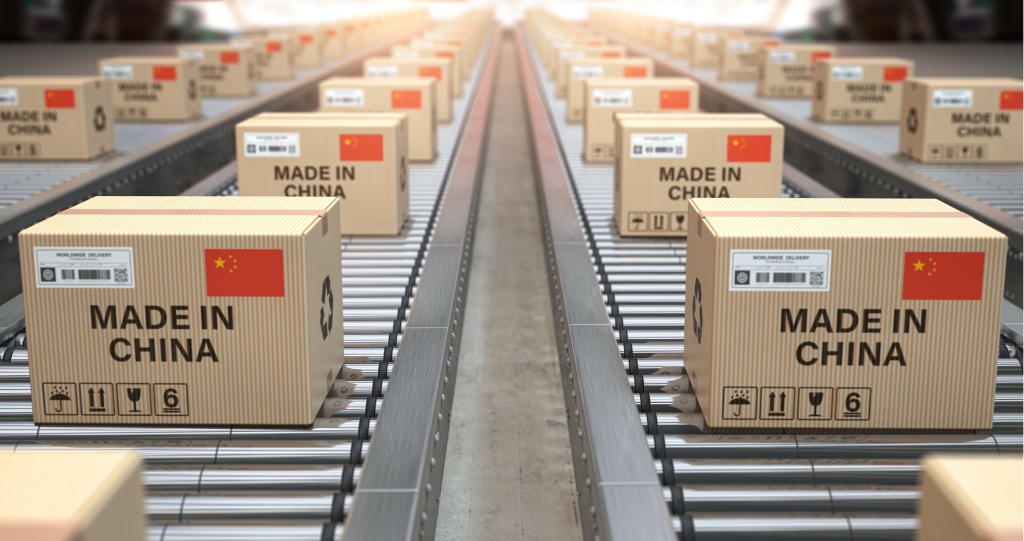In recent years, the global market has seen an influx of affordable products from China across various industries. From electronics to clothing, Chinese goods often offer competitive prices, making them attractive to consumers worldwide. In this article, we explore the factors that contribute to the lower cost of products from China and the implications for the global economy.

Manufacturing Efficiency
1. Economies of Scale
China’s massive manufacturing capacity allows for economies of scale, enabling the production of large quantities of goods at lower costs per unit.
2. Advanced Infrastructure
China’s well-developed infrastructure, including ports, logistics networks, and industrial zones, streamlines the manufacturing process, reducing production costs.
HLower Labor Costs
1. Abundance of Skilled Labor
China boasts a vast and skilled workforce, which results in competitive labor costs compared to many other countries.
2. Labor Regulations
China’s labor regulations, including lower minimum wages and fewer stringent labor laws, contribute to lower overall production expenses.
Access to Raw Materials
1. Proximity to Suppliers
China’s geographical proximity to various raw material suppliers reduces transportation costs, enabling more cost-effective production.
2. Vertical Integration
Many Chinese manufacturers engage in vertical integration, producing raw materials in-house, further reducing costs and increasing efficiency.
Government Incentives and Support
1. Tax Benefits
The Chinese government provides tax incentives and subsidies to support industries and promote export-oriented manufacturing.
2. Investment in Research and Development
Government investments in research and development help drive technological advancements, making production processes more efficient.
Global Trade and Sourcing
1. International Trade Agreements
China’s participation in international trade agreements facilitates smooth export-import processes and minimizes tariffs.
2. Access to Global Supply Chains
Chinese manufacturers benefit from access to a vast network of global supply chains, which further lowers production costs.
Impact on the Global Economy
1. Consumer Affordability
Affordable Chinese products have made a wide range of goods more accessible and affordable to consumers around the world.
2. Competitiveness and Market Disruption
The influx of low-cost Chinese products has disrupted markets globally, challenging existing competitors to adapt and innovate.
Quality and Safety Concerns
1. Quality Control Challenges
The lower cost of production may sometimes lead to quality control issues, prompting consumers to be vigilant when purchasing Chinese products.
2. Safety Standards
Concerns over adherence to international safety standards have led to increased scrutiny of products imported from China.
The Future Landscape
1. Technological Advancements
As China invests more in technology and innovation, the gap between cost and quality may narrow, making Chinese products even more competitive.
2. Evolving Global Trade Policies
Changes in global trade policies and geopolitical dynamics may influence the cost and availability of Chinese products in the international market.
Conclusion
The affordability of products from China is a result of various interconnected factors, including manufacturing efficiency, lower labor costs, government incentives, and access to global supply chains. While consumers benefit from accessible and competitively priced goods, it is essential to consider factors such as quality control and safety standards. As the global economy evolves, China’s position as a leading manufacturing hub will continue to influence the availability and pricing of products worldwide. Businesses and consumers alike must be aware of the diverse implications of the affordability of products from China and the dynamic landscape it creates in the global market.